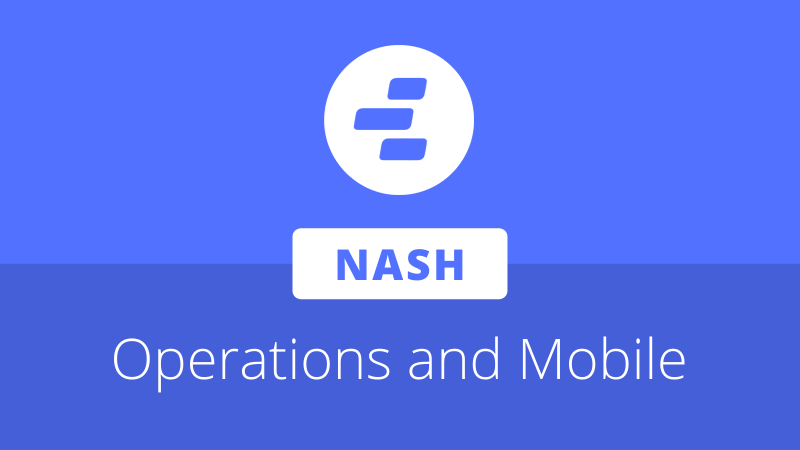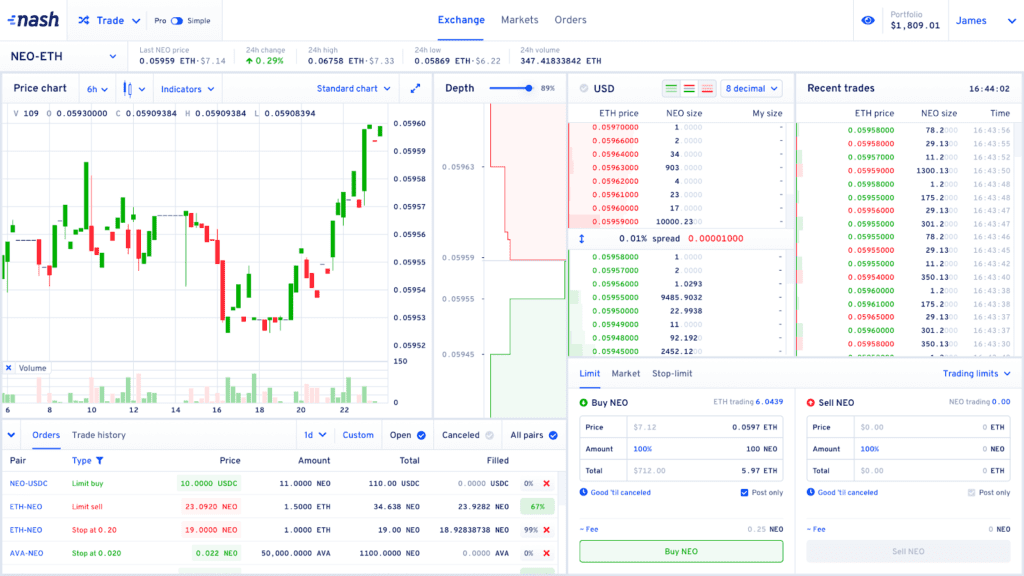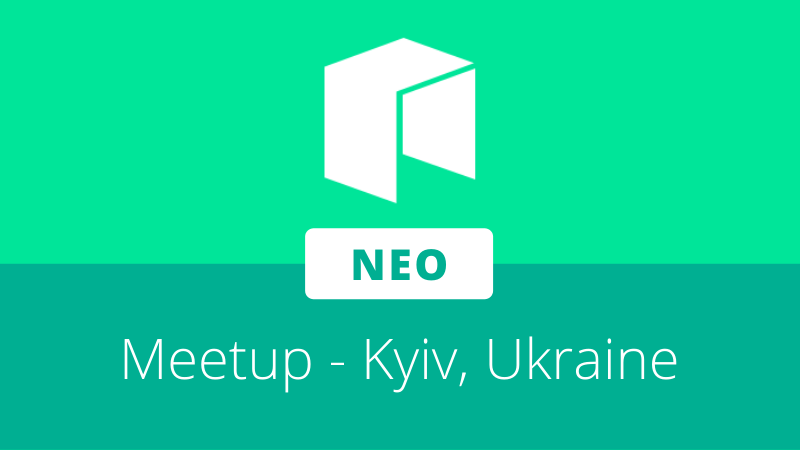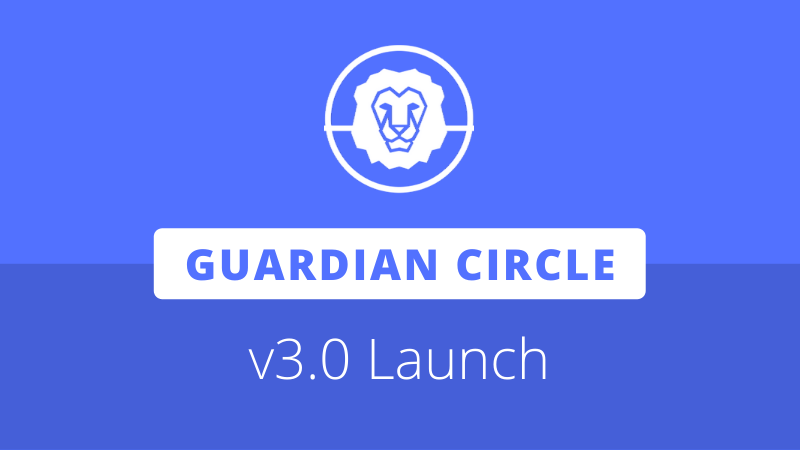
Nash has released its quarterly report for Q3, titled Operations and Mobile, in which it discusses the launch of its MVP platform and current development efforts. Nash Exchange launched on September 18th with ETH and NEO cross-chain trading and a fiat ramp marketplace, with plans to implement support for non-custodial Bitcoin trading in Q4.
The team also released a video presentation of the report, recorded at the quarterly event in Lisbon, which can be viewed here.
Platform improvements
Following the launch of its MVP, Nash has opened itself to feedback from the community. These suggestions lead to numerous iterative changes, split between 21 backend and 30 frontend deployments.
Interface improvements over the last quarter focused on the exchange, staking and funds management pages. The pro exchange UI and funds management pages have been refined to display new information through layout improvements, and the staking UI has been updated to show a detailed breakdown of dividends received by the users.
The design team, under the leadership of Nathaniel Walpole, based the exchange UI improvements on community feedback and an analysis of the most common screen sizes used by Nash users.
Nash has also sought to expand its liquidity program—currently active on NEO/ETH, NEO/USDC, and ETH/USDC pairs—to additional markets. At the end of October, a new “best price” program will be launched, which uses “analytic tools to ensure that spot prices on Nash compete with those on other leading exchanges.”
Following the Wyre and Carbon fiat ramp integrations, Nash will continue to build out its fiat services, with new third-party ramps and SEPA support planned for EU users in November.
Bitcoin integration
These efforts and the launch of the ETH/NEO cross-chain decentralized settlement protocol are credited to the Settlement and Portfolio team, led by Thomas Saunders, who has also been tasked with preparing wallet support for Bitcoin, Litecoin, Bitcoin Cash, and Dogecoin.
The integration of Bitcoin into its cross-chain platform is noted as a “technological first” and will provide users with non-custodial trading of Bitcoin with the same performance as the current ETH/NEO solution.
Support infrastructure for these four new blockchains was deployed by the SecDevOps team under Samuel Hagan. The team also spent this quarter focused on productivity, tasked with migrating development environments to a Kubernetes cluster and improving incident response times via the implementation of new system metrics and alerts.
Mobile development
During September, Nash launched a mobile application used to complete its KYC process. The next stage for the team’s mobile service will be the release of a new wallet application with fund management and monitoring tools, designed to provide users with easy access to their accounts.
The wallet app is planned for release in November, developed by the Payments and Mobile team led by Chris Hager. For the third stage of development, the team will focus on integrating payments features, leading up to a final stage focused on implementing in-app trading functionality.
Threshold signature research
Ethan Fast’s Applied Research team spent Q3 exploring account security and API key improvements through the use of threshold signatures, a form of multi-party computation (MPC) that allows parties that do not trust each other to do shared computations while keeping their individual inputs private.
In Nash’s case, threshold signatures will be used to introduce a second-generation authentication protocol, which will be responsible for providing blockchain signatures. One notable advantage of this mechanism is the ability for users to set limits on account withdrawals for a given timeframe. Even if an account is compromised, this can prevent an attacker from being able to drain the entire balance.
Customer support
To conclude its report, the Nash team highlighted its efforts on providing the highest standard in customer services. Between Q2 and Q3, the team reported a 300% increase in ticket numbers, yet produced a drop from 50 hours to 10.7 hours in average resolution time.
During business hours, the average reply time was reported as 42 minutes, with over 80% of tickets being solved within the initial response. Live chat users reported a 95% satisfaction rate, with a service time of 29 seconds and average chat during of 8 minutes.
The full Nash quarterly report may be read at the following link:
https://blog.nash.io/operations-and-mobile-quarterly-report-q3-2019/








About The Author: Brett Rhodes
Brett is a blockchain enthusiast and freelance writer who originally began producing content for the gaming & eSports industries. Now he spends most of his time contributing in the Neo ecosystem.
More posts by Brett Rhodes